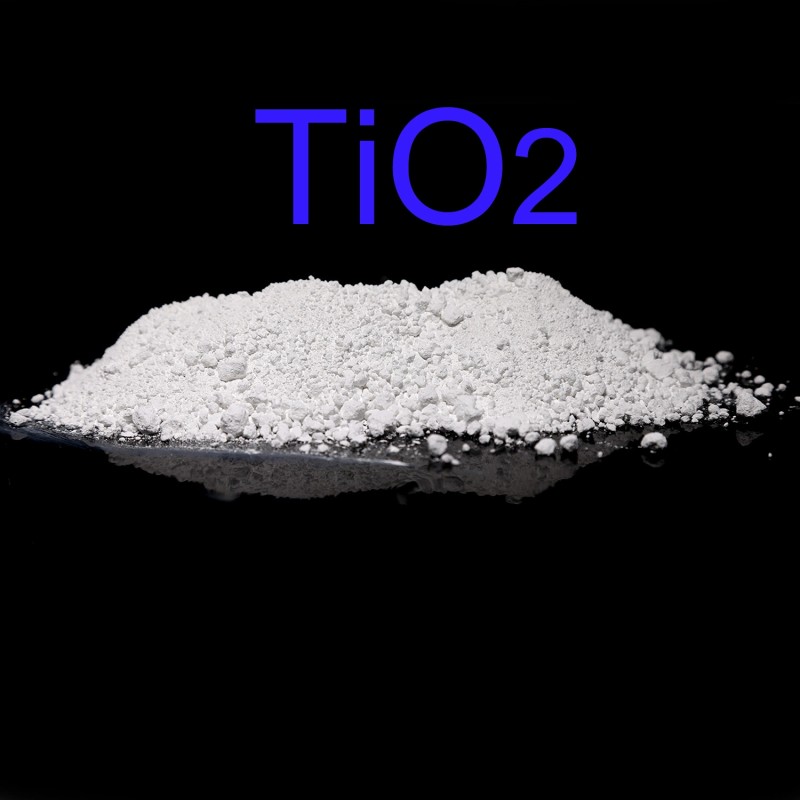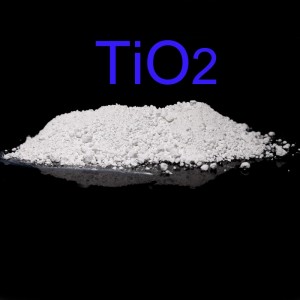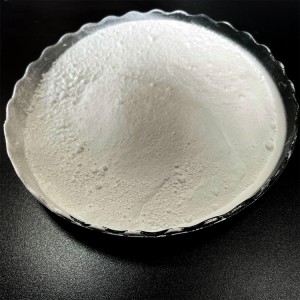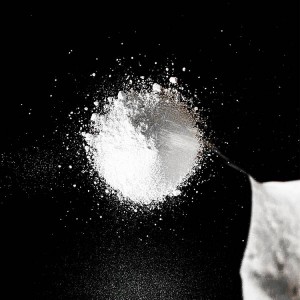Welcome to Jiangsu Leitai Chemical Technology Co., Ltd. website

sulphate titanium dioxide r6618 rutile titanium dioxide pigment high whiteness and high hiding power
sulphate titanium dioxide r6618 rutile titanium dioxide pigment high whiteness and high hiding power
Write your message here and send it to us









